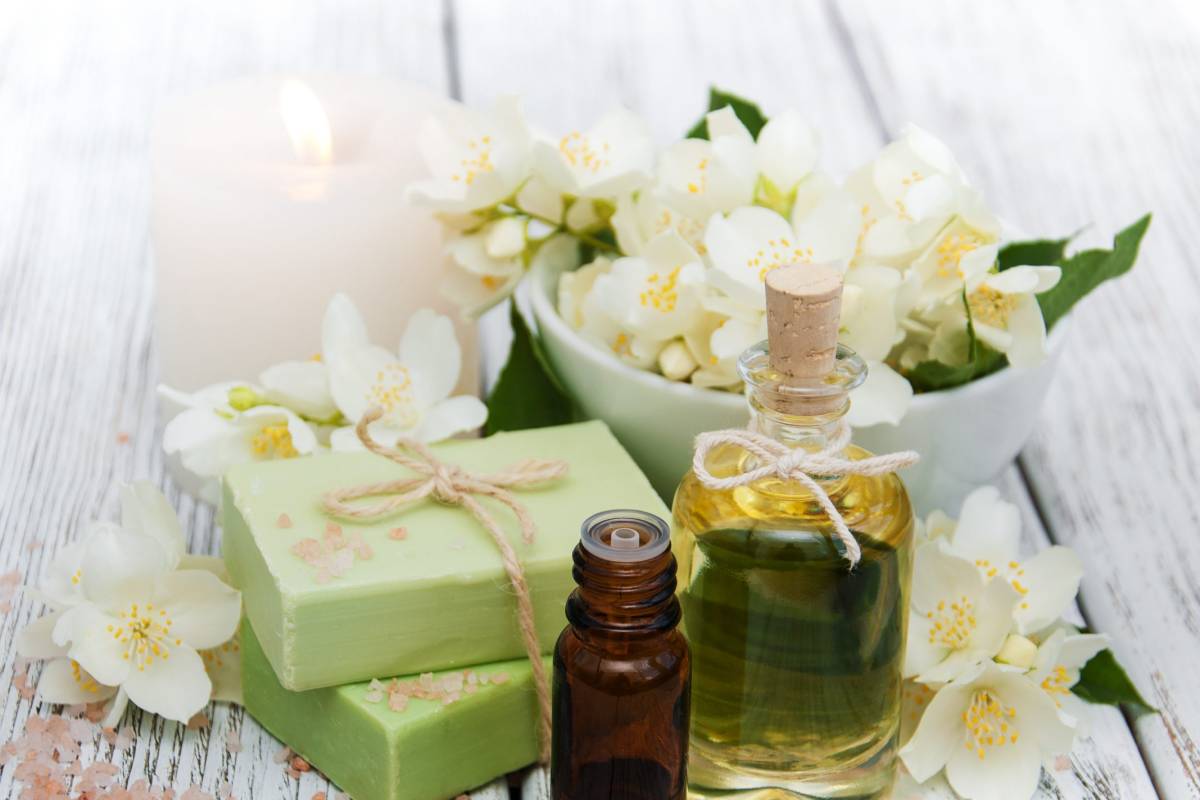Benefits of glycerin soap
- The benefits will make the question, Is glycerin soap good for you more clear as it is emollient, emulsifier, and healing agent.
- Glycerin is a versatile active ingredient with many advantages.
- It is unsurprisingly praised in the formulation of many products, including medicines, cleaning products, certain foods (under the reference E422), and many others.
- In cosmetics, its benefits have earned it is selected in the majority of skincare formulas.
- A concentration of 2 to 5% is recommended to benefit from its moisturizing and softening properties.
- It promotes water loss and, therefore, dehydration. Finally, glycerin is one of the most tolerated active ingredients.
- It adapts to all skin types, including sensitive skin.
How to use glycerin soap?
- First, it is important not to confuse the vegetable glycerin and the glycerin soap.
- The first is a viscous and colorless liquid used in the manufacture of cosmetics, while glycerin soap (also called “melt and pour” in English) is a form of solid, transparent, or opaque white soap, which we can melt.
- Our different glycerin soap bases are of plant origin.
- They respect your skin’s pH and protect the environment because they do not contain any petroleum by-products.
- Their melting point is around 55 ° C (131 ° F), so be careful when melting your soap, so you don’t get burned.
- Unlike the cold process, you can use your soap as soon as it has cooled.
- You can therefore create soaps and offer them the same day.
- Also, this activity is suitable for children.
How to use glycerin soap in other way?
Utensils:
- A measuring cup that resists heat
- A metal spoon
- Heat resistant molds (soap mold, ice cube tray, etc.)
- Microwave or saucepan for the double boiler method
- A sharp knife
- Pipettes for essential oils
- A scale
Ingredients:
- Glycerin soap of your choice (white or transparent)
- Aromatic essences or essential oils of your choice
- Optional: coloring agents for glycerin soap, dried flowers, exfoliating seeds, etc.
Steps to follow:
- Prepare and disinfect the equipment as well as the workspace.
- Choose your mold.
- Knowing how much soap to cut is simple: weigh the empty mold, then fill it with water.
- The weight of water corresponds to the weight of glycerin soap to be cut. Cut out pieces of your soap base using a utility knife.
- Put the pieces in the cup and melt them in a double boiler or the microwave.
Warning:
- If you are using a microwave, heat your soap a few seconds at a time (no more than 10 seconds).
- Otherwise, you risk creating a “volcano” of soap in your microwave.
- Once the soap has slightly melted, remove it from the boiler, stir a little and immediately add your coloring.
- If the mixture becomes thick again or too solid, it melts again (be careful not too long).
- Add 1% caprylic vegetable oil and mix gently.
- This is the time to add essential oils or aromatic essences, respecting the bottles’ concentrations, generally from 1 to 3%.
- If you are using aromatic essence, add only 1% and do not add vegetable oil. If desired, add flowers, exfoliating seeds, etc.
- Pour the soap into the mold.
- To prevent bubbles on the surface of your cooling soap, you can spray a little rubbing alcohol on the surface of the soap.
- Let cool and unmould once solidified (about 45min).
Also Read: Alia Bhatt makeup – Description, Method, and Steps to recreate Alia Bhatt makeup look

